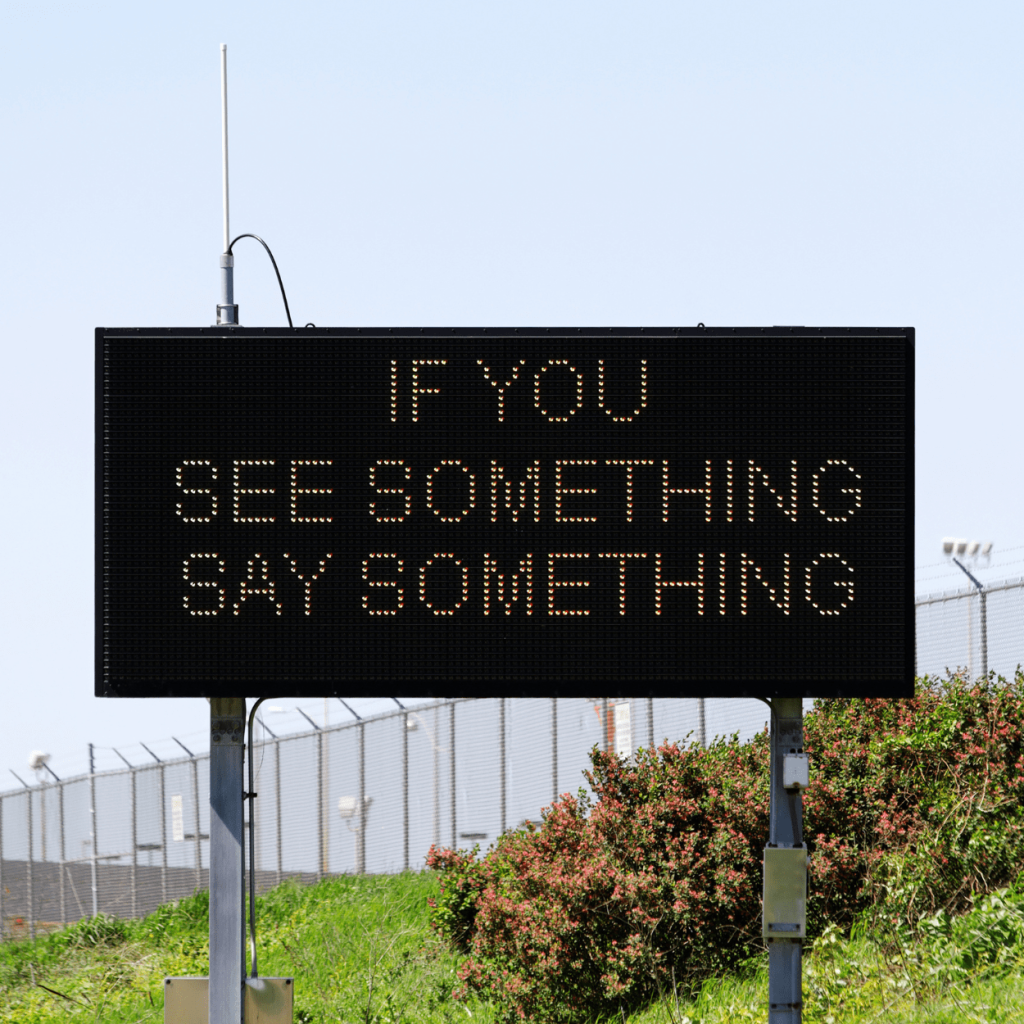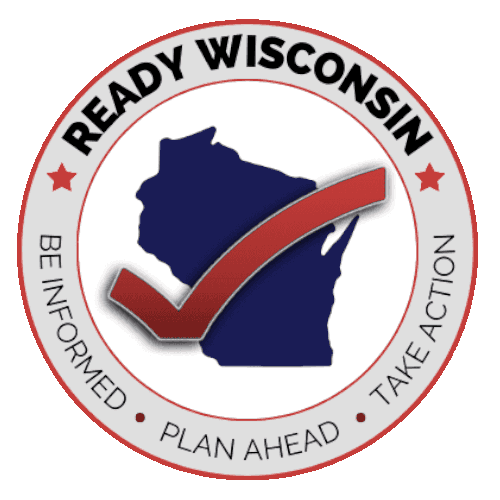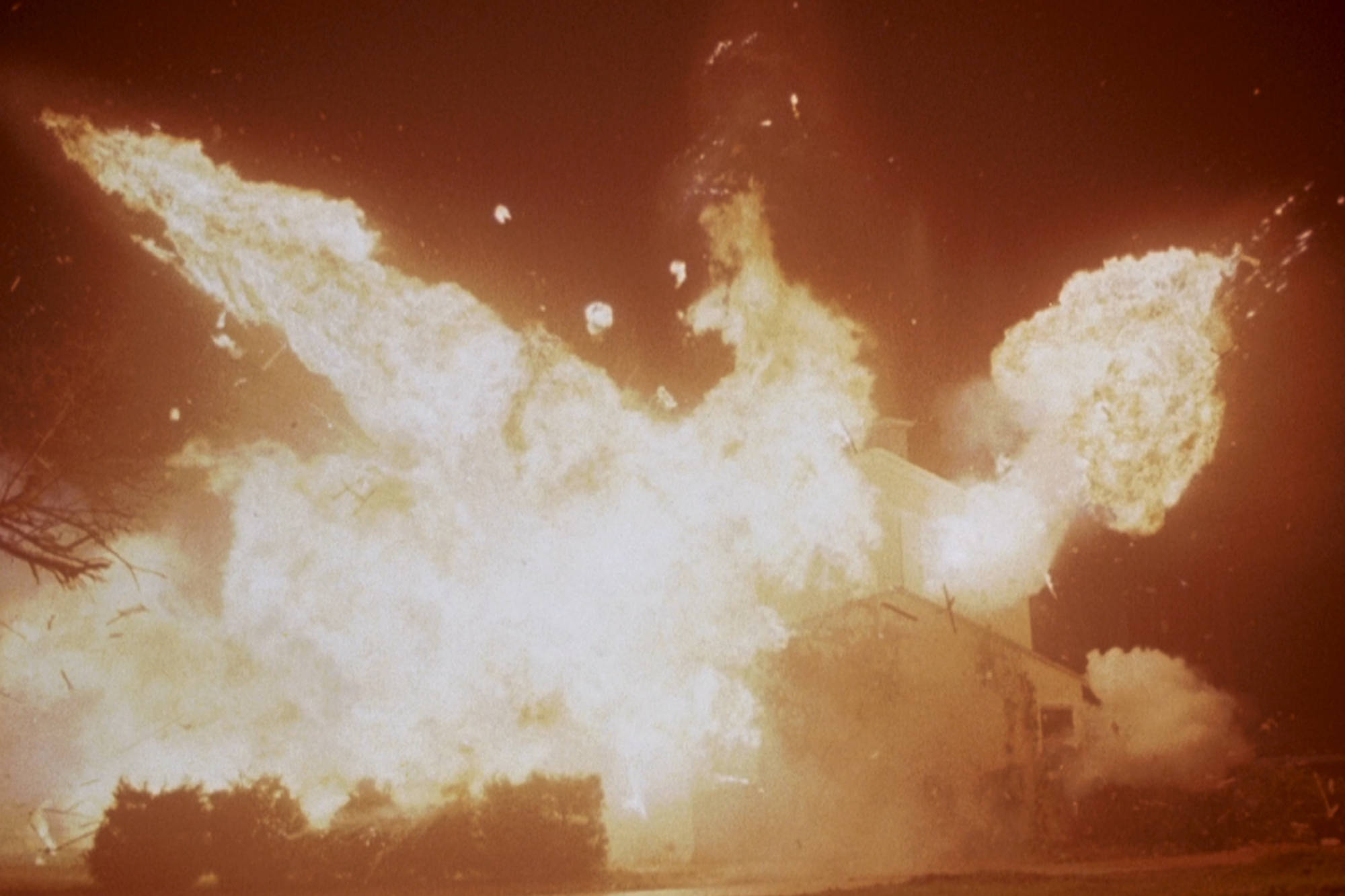Explosive devices can be carried in a vehicle or by a person, delivered in a package, or concealed on roadsides. Terrorists have frequently used explosive devices as one of their most common weapons. These devices are highly portable and can easily be detonated from remote locations or by suicide bombers.
Follow these procedures:
- Remain calm
- Notify authorities immediately
- Contact your facility supervisor, such as a manager or administrator
- Call your local law enforcement or 911 if no facility supervisor is available
For Threats via Phone
- Keep the caller on the line as long as possible. Be polite and show interest to keep them talking
- DO NOT HANG UP, even if the caller does
- If possible, signal or pass a note to other staff to listen and help notify authorities
- Write down as much information as possible, caller ID number, exact wording of threat, type of voice or behavior. Refer to the DHS Bomb Threat Checklist.
- Record the call if possible
For Threats Made in Person
- Write down the threat exactly as it was said
- Note the description of the person who made the threat
- If they leave, note the direction they went
- Notify your facility supervisor and authorities
For Written Threats
- Handle the document as little as possible
- Notify your facility supervisor and authorities
- Write on a separate sheet of paper the date and time the document was found, rewrite the threat exactly, any situations or conditions surrounding the delivery
- If small and removable, place in a bag or envelope
- If large/stationary, secure the location
For Emailed or Posted on Social Media Threats
- Screen grab the message or leave the message open on your device
- Notify your supervisor and authorities
If You See a Suspicious Item
A suspicious item is any item that is reasonably believed to contain explosives, an improvised explosive device, or other hazardous materials that requires a bomb technician or specialized equipment to evaluate. Anything that is H.O.T. (Hidden, Obviously suspicious, and not Typical) should be considered suspicious. Remember “If you see something, say something.”
If you encounter a suspicious item, use R.A.I.N.
- Recognize the indicators of a suspected explosive device. Indicators can be related to characteristics, events, locations or time.
- Avoid the area. Do not touch the suspected item. Instead, immediately move and direct others to move away immediately
- Isolate the suspected item. Establish a perimeter to secure people and continue to redirect people.
- Notify appropriate emergency services. Describe the suspicious items and persons, the person’s actions, the location of the item, the time of placement and discovery, and your actions to mitigate risk.

See Something, Say Something
If you see something suspicious, report it to authorities. In Wisconsin, call the Wisconsin Statewide Intelligence Center watch desk at 1-877-949-2824 and keep the five w’s in mind:
WHO
did you see
WHAT
did you see
WHEN
you saw it
WHERE
it occurred
WHY
it’s suspicious
Protecting Yourself…
…Before an Explosion
- Build an emergency supply kit
- Make an emergency plan
- Make sure your employers have up-to-date information about any medical needs you have and how to contact designated beneficiaries or emergency contacts
- See Something, Say Something
- Know how to get to hospitals in your community
- Take a first aid course
- Know how to get out of the area
…During and After an Explosion
- Always follow instructions of local officials. Emergency services may not be on scene right away
- Remain calm.
- If safe to do so, leave the area as quickly as possible. Do not stop to retrieve personal possessions or make phone calls. If you are inside, check for fire and other hazards. Stay low if there is smoke. Do not use elevators. Avoid floors and stairways that are obviously weakened.
- Once out of the building, move away from windows, glass doors, and other potentially hazardous areas
- Continue moving away from the blast site and look for emergency officials who will direct you to a safe location
- Be aware that secondary explosions may occur at or near the original bombing site. These are intended to cause casualties among first responders. They are detonated by time delay
- If you are trapped
- Cover your nose and mouth with anything you have on hand to limit the inhalation of dust or other hazardous materials. Dense-weave cotton material can act as a food filter
- Avoid unnecessary movement so you don’t kick up dust
- Signal your location to rescuers by using a flashlight or whistle, or by tapping on a pipe or wall
- Shout only as a last resort. Shouting can cause you to inhale dangerous amounts of dust and drain your energy
- If you are on a train or bus
- Remain inside unless you are in immediate danger
- Use the communication system on a train to receive instructions
- If you need to leave, be aware of hazards on the tracks or road. Move to the nearest station or area where you can contact emergency personnel
- Open windows or doors if possible and safe to do so. It can reduce the severity and number of injuries from a secondary explosion.
- Once you get to safety, let your family emergency contact know you are safe by texting or messaging them on social media. Save phone calls for emergencies
- Even if you are not directly involved in the explosion, stay informed and listen to local officials. You may be asked to evacuate or turn off your electricity and water.
- If you are nearby the attack site, avoid being lured closer to see what is happening.
- Care for the injured. Help control bleeding

